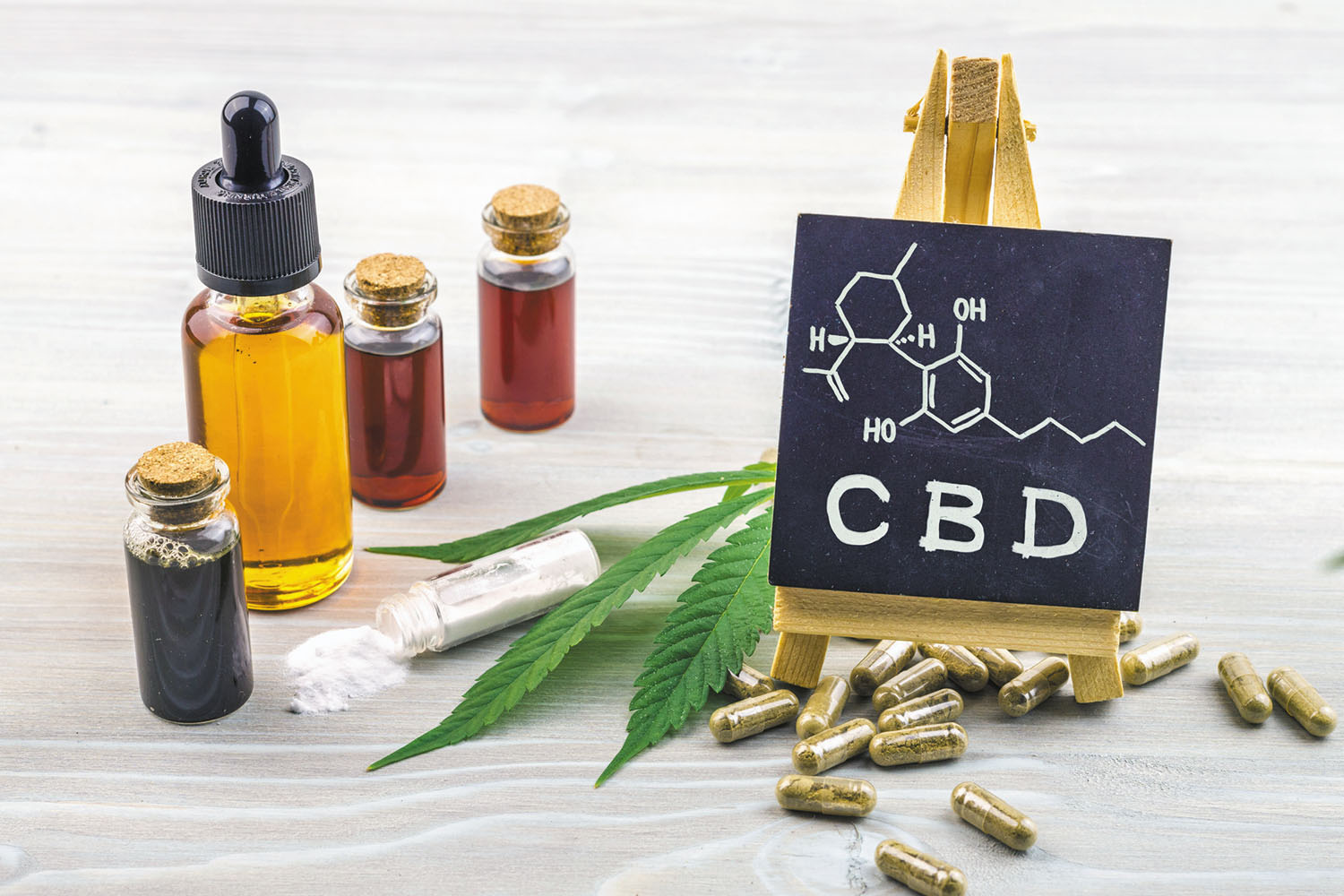Who’d have thought that when you decided to give CBD a go, you’d be faced with so much complexity? Sure, you can go ahead and buy the first CBD product you come across and see how things turn out. But to get the most out of your CBD experience, and make the best purchase you can for your needs, a little bit of education goes a long way.
To really understand what you’re buying, it helps to get your head around some of the terms commonly used in the CBD industry. Today we’re going to focus on decarboxylation – the process of gently heating cannabis to activate cannabinoids, like CBD.
What Happens During Decarboxylation?
Decarboxylation is the process of gently heating cannabis to convert the acid cannabinoids, present in raw cannabis flowers, leaves, and stems, into their non-acid form. An example of this is CBDA converting into CBD, and THCA, which is non-intoxicating, converting into THC, which produces the psychoactive effects cannabis is infamous for. Decarboxylation gets its name because the acids in cannabis have an extra bond known as a “carboxyl” group. When cannabis is heated, this is removed.
Most CBD oils have been decarbing before they make it into a product, and there’s a very good reason for this. Quite simply, molecules like CBD do not exist in the cannabis plant until it’s been through the CBD decarboxylation process.
Some CBD oils are labeled as ‘raw whole plant’ or ‘cold pressed’, but rather confusingly most of these products have been decarboxylated, so do contain CBD, but they may also contain a range of the raw acids as well. However, many terms are thrown around a little too easily in the CBD industry, and they don’t always stick to the same meaning, so it’s always a good idea to check the lab reports and see what’s actually in the oil before you buy.
What is the decarboxylation process?
There are a number of ways to decarbing cannabis, including using a hot oil bath, a boiling water bath, and in the oven.
Using a lower temperature for longer will allow you to keep hold of many of the precious but very delicate terpenes, as well as cannabinoids, for the ‘entourage effect’ – when all parts of the cannabis plant work together for well-rounded benefits. This will also ensure the end product remains wonderfully aromatic.
The most common way to decarbonize cannabis is with dry heat, so here’s a quick guide on what CBD decarboxylation often looks like:
- Preheat your oven to 120 degrees C. Use an oven thermometer to keep track of the precise internal temperature – this is an exact science! Even a tiny bit too high could burn the plant materials and damage the compounds.
- Line a tray with baking paper and sprinkle coarsely ground cannabis across it with as even distribution as possible.
- Bake the cannabis for 20-30 minutes until the cannabis turns from green to light brown.
- Remove from the oven and allow to cool completely before using this now-activated plant matter to make CBD oil.
Does CBD Need to Be Activated?
Unless you’re using a raw CBD bud (which is usually vaped or smoked), or CBD tea (which won’t be decarboxylated, when steeped in boiling water, but offers benefits of raw cannabis and is also sometimes infused with activated CBD), your CBD oil will have already been through the decarboxylation process – otherwise there wouldn’t be any CBD in the oil at all! This means you don’t need to worry about CBD decarbing, really. It’s all been taken care of for you.
Does Decarboxylation Destroy CBD?
Getting CBD Decarbing right is essential, as each cannabinoid, terpene, and flavonoid has a unique boiling point and if the plant material is overheated these valuable molecules can be destroyed. However, as we’ve covered, heating cannabis is the only way to activate CBD! It just needs to be done carefully – best left to the pros!
At what temperature is CBD destroyed?
The general advice when decarbing cannabis is to try and stay below 150 degrees C, as beyond this point all of the volatile compounds will start to degrade. The ideal temperature for decarbing the CBD molecule (and this applies to vaporising bud too) is around 130 degrees C. This is a point worth thinking about when questioning the difference between smoking cannabis and vaping cannabis too, considering the tip of a smouldering cigarette can reach temperatures of around 950 degrees C, therefore obliterating pretty much all of the therapeutic benefits of cannabis.



